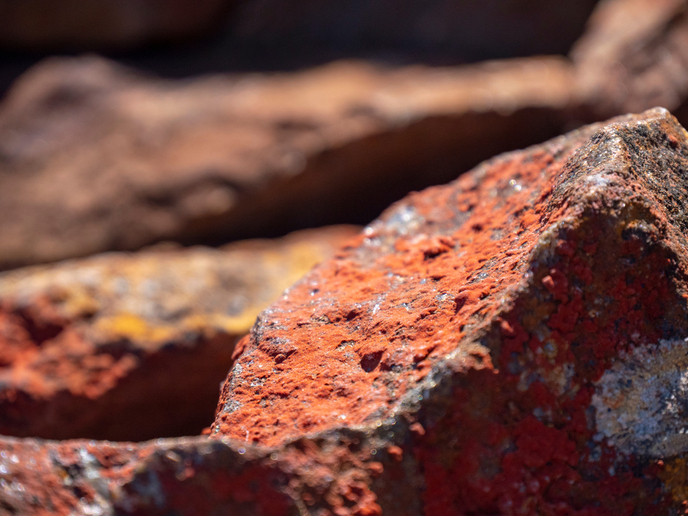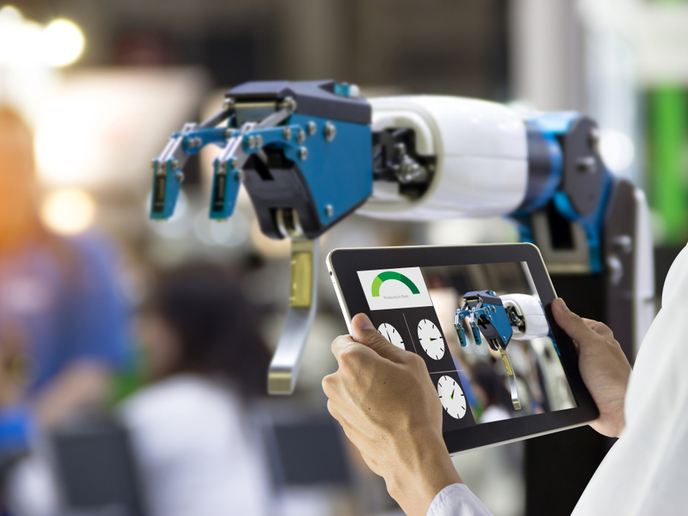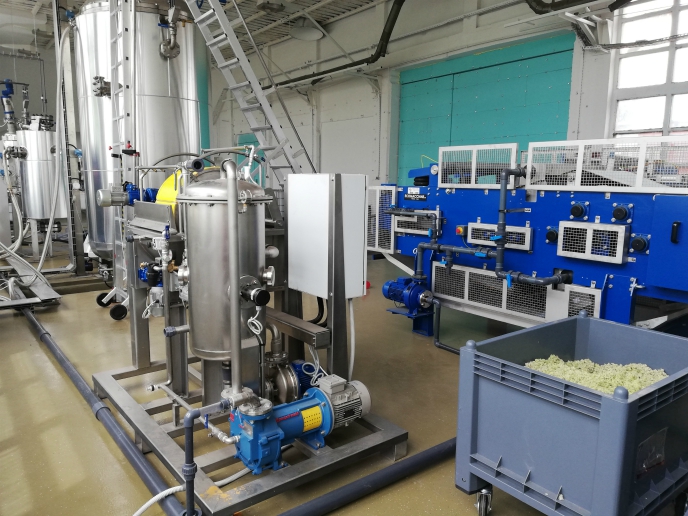Aluminium processing takes on new lustre
Practical and highly sought after, aluminium is a common material used in power lines, household appliances, consumer electronics, aircraft components, electric cars and modern buildings. The list of uses for which the material is proving itself keeps growing. Despite its tremendous value, this lightweight yet strong and corrosion-resistant silvery metal presents a major constraint during its production: red mud, formally known as bauxite residue.
How the red mud stockpile increases
Bauxite residue is a caustic blend of different oxide compounds just like silicon, iron, aluminium, calcium, titanium and sodium oxides. Often with rare-earth element fragments, it is the industrial waste generated during processing into alumina using the Bayer process. And it is piling up. “As its name suggests, bauxite residue is what’s left after treating the bauxite ore for alumina extraction. The extracted alumina is then used in primary aluminium production,” notes Efthymios Balomenos, senior consultant at Greece-based energy & aluminium company MYTILINEOS. The amount of the waste generated is dazzling. “We need about 2 tonnes of alumina to make 1 tonne of metallic aluminium. A tonne of alumina production generates on average 0.8 tonnes of bauxite residue in Europe.” To estimate the accumulated waste, we need to consider that around 4 million tonnes of aluminium are produced each year in Europe, which account for just 8 % of the global production. “It is now evident how bauxite residue piles up since only 3 % of it is reused as a raw material,” adds Balomenos.
Technologies to remove the waste streams
Balomenos is coordinating the EU-funded RemovAL project that his company has been running since 2018. RemovAL is designed to pool together certain technologies that help transform bauxite residue into valuable products and raw materials and scale them up at industrial pilots. The next step is to combine them in sustainable flowsheets that can achieve complete bauxite residue valorisation in specific alumina plants with waste generation close to zero. “What sets us apart from state-of-the-art initiatives is that we do not only help advance the technological readiness of aluminium processing solutions but also take first steps towards designing new industrial ecosystems and value chains around bauxite residue reuse,” explains Balomenos. Researchers’ attempts to demonstrate bauxite residue treatment technologies have so far been rewarding. At a MYTILINEOS pilot plant unit and then in another refinery in Ireland, researchers demonstrated a new residue treatment method to decrease the alkaline concentration in bauxite residue, keeping the sodium oxide content below 0.5 % wt. This opens up a plethora of new applications, with the ability to use processed bauxite residue. Together with other industrial by-products, bauxite residue was used to produce a stable and safe substrate for road construction, as demonstrated in a pilot application in Ireland. Lightweight aggregates and high-performance binders for buildings are other exciting application uses of bauxite residue. A pilot plant in Germany demonstrated the production of lightweight aggregates from bauxite residue, while at the KU Leuven University, a new high-strength binder has been created. In Norway, researchers aim to scale the production of a ferro–silicon alloy by heating bauxite residue and other industrial by-products from aluminium primary production, such as spent potlining, in an electric arc furnace. The slag from this process is used in hydrometallurgical pilots in the project in Greece and Germany to recover aluminium and titanium oxides as well as critical raw materials like scandium and gallium. RemovAL provides a sustainable pathway for valorising bauxite residue along with other industrial by-products from its pilot plants, considering waste characteristics, logistics and the potential for symbiosis with other nearby plants. “In the long term, we plan to achieve 100 % reuse of bauxite residue, providing significant gains in environmental and resource preservation. Europe-based production of critical raw materials like scandium and gallium is an additional bonus,” Balomenos concludes.
Keywords
RemovAL, bauxite residue, red mud, alumina, aluminium production, pilot plant, MYTILINEOS







